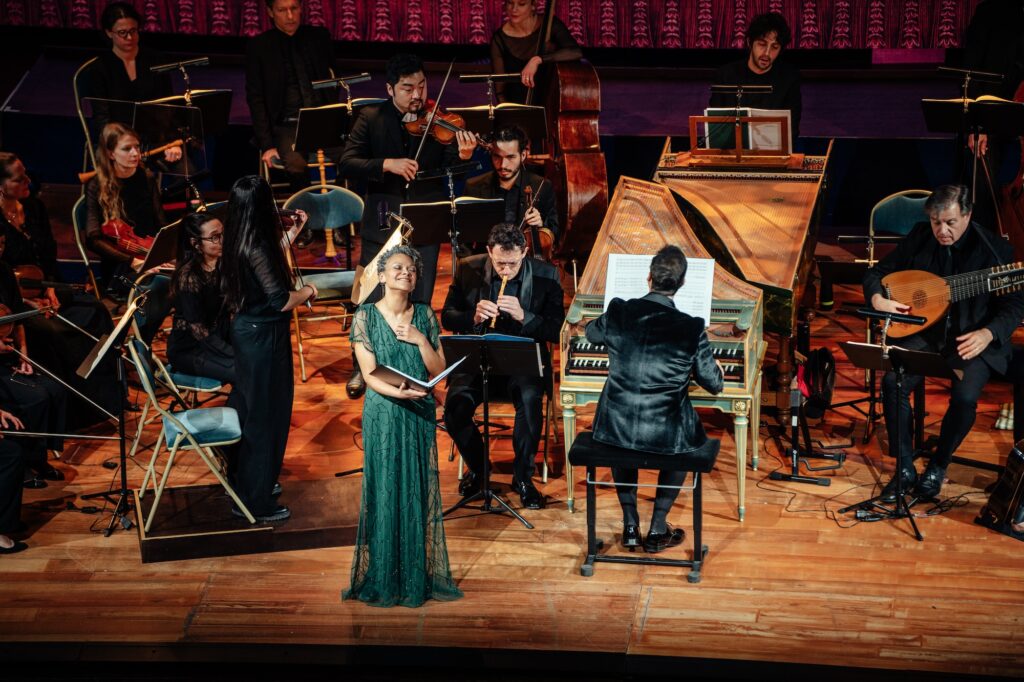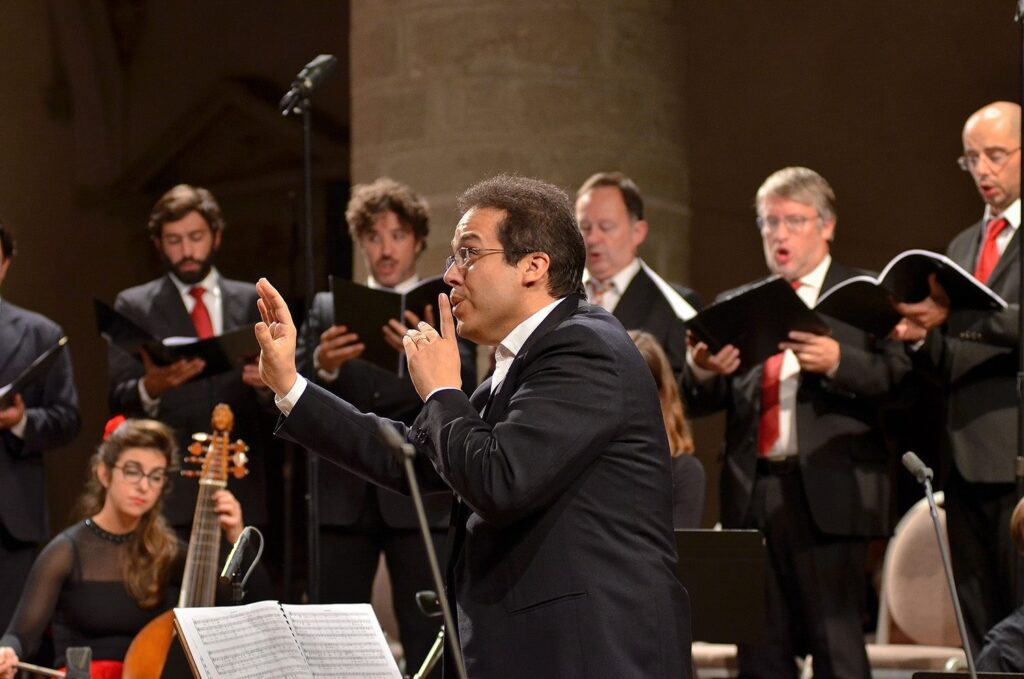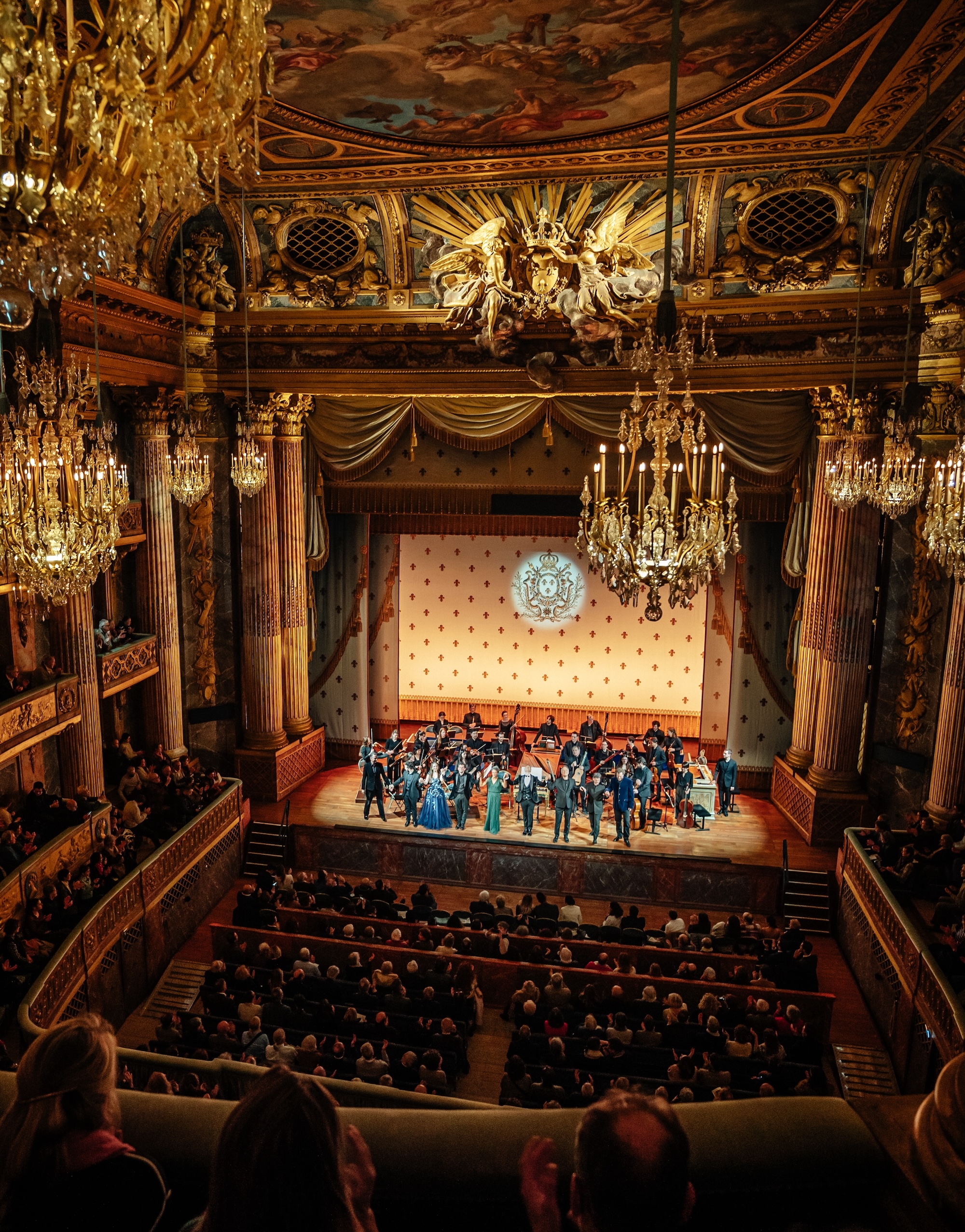


When he arrived in Rome in 1707, the young Handel dazzled the elites of the holy city with his exceptional talent. He became the “fashionable” composer, and his fame grew so quickly that he was soon called to Naples, where he premiered his pastoral opera Aci, Galatea e Polifemo in July 1708 at the Court Theater in the Ducal Palace of Piedimonte Matese for a lavish wedding.
Paragraph
A small opera originally intended for private performances, Acis and Galatea was Handel’s most frequently performed work during his lifetime. This masterpiece—a miniature drama, pastoral, or masque, it is difficult to define—underwent numerous revisions. It offers a brilliant synthesis of English and Italian styles, with da capo arias and significant contributions from the chorus. The plot comes from Ovid’s Metamorphoses, which had already inspired Lully to write an opera (1686), and boldly blends comedy and tragedy. He gradually erases the transparent lightness of the Arcadian landscapes, where the love between the shepherd Acis and the nymph Galatea blossoms, in favor of a darker atmosphere: the young Acis is savagely killed by the cyclops Polyphemus, jealous of his love for Galatea. The mourning nymph, however, surrenders to peace and elevates her lost lover to the rank of god in the form of a spring that flows through the grove.
Leonardo García-Alarcón leads Cappella Mediterranea from the organ in this music that Mozart himself admired so much that he made a German version of it…

Acis und Galatea HWV 49
A semi-opera in two acts with libretto by John Gay based on Ovid’s Metamorphoses, premiered in London in 1731.
Duration: 1h40
Charlotte Bowden, soprano – Galatea
Hugo Hymas (Ambronay) / Guy Cutting (Namur & Chantilly), tenor – Acis
Staffan Liljas, bass – Polyphemus
Valerio Contaldo, tenor – Damon
in Ambronay :
Maud Bessard Morandas, soprano
Leandro Marziotte, countre-tenor
Raphaël Hardmeyer, bass
Cappella Mediterranea
Chœur de Chambre de Namur (Namur & Chantilly)
Leonardo García-Alarcón, orguan and musical direction


